DIGITAL EXCLUSION IN OAKLAND
#OaklandUndivided In Partnership with HubbleIQ & Oakland Unified School District
Urban settings and city centers across the United States face unique challenges in combating the digital divide, in part because of false narratives around digital inclusion and the ubiquity of broadband access. Oakland in particular–with poorly-maintained and oversubscribed networks–has been the subject of great scrutiny when naming the persistence of digital exclusion in our city. While much of the discourse on who has been left out of the 21st-century economy focuses on rural populations, cities, like Oakland, are left with limited resources and the burden of proof when advocating for its residents with respect to the digital divide, especially those from our most underserved neighborhoods.
The End User Experience
In challenging the notion that Oakland residents–especially those located in historically redlined communities like West Oakland, Fruitvale, and East Oakland–face no barriers to internet connectivity, ISPs rely on a flawed definition of what it means to be connected, often centered around the physical presence of broadband fiber (i.e. internet availability) and not the accessibility of inclusive and culturally-competent outreach practices (i.e. to increase adoption) nor the end-user experience of internet speeds (i.e. internet performance). The purpose of this study was to learn more about end-user experience in instances where the subscriber had availability and adopted internet service.
DATA & METHODS
In partnership with HubbleIQ and Oakland Unified School District (OUSD), #OaklandUndivided has been granted access to a proprietary technology that allows our team to catalog internet connection speeds through an internet-based web browser extension. Because the initial phase of the #OaklandUndivided model ensured a sustainable path toward providing Oakland’s students with devices, our partnership was able to deploy an internet extension to the computers that OUSD distributed for students to access learning at home.
The HubbleIQ extension runs an internet speed test every time a student attempts to access the internet while at home; in other words, we have a comprehensive data bank of internet performance for students from all of Oakland’s neighborhoods, each time they try to get online. For this initial set of analyses, this translates to half a million individual speed tests across Oakland over a two-month time period for over 18,000 students and their families.
RESULTS
Our initial set of analyses allows us to provide a descriptive assessment of internet performance across Oakland. Our analysis included data from the largest wireline and wireless internet service providers in Oakland—AT&T, Comcast, Sonic, and T-Mobile. Using the CPUC’s established threshold for broadband service–where locations should be characterized as underserved with connection speeds <100/20 mbps or unserved with connection speeds <25/3 mbps.
OVERALL PERFORMANCE
General Speed Characteristics:
Average Download Speed: 80 mbps
Median Download Speed: 21 mbps
MEDIAN DOWNLOAD SPEED MAP
MAP ANALYSIS
Zip Code: 94618
Oakland’s highest median household income: $220k
Total speed tests taken in 94618: 8,284 tests
Average speed according to OUSD Devices: 97 mbps
Lowest People of Color % in Oakland: 31%
Zip Code: 94621
Oakland’s lowest median household income: $54k
Total speed tests taken in 94621: 62,840 tests
Average speed according to OUSD Devices: 15 mbps
Highest People of Color % in Oakland: 91%
Connections in our highest income zip code—with the largest population of white residents—were nearly ten times faster than in our poorest—with the city's largest population of People of Color
Over half of the 500k speed tests we ran came back with speeds less than 25 mbps. And while the average speed (80 mbps) approaches our definition of “served” (100 mbps), our median speed test was only 21 mbps (unserved), with considerable geographic variation. The zip-code based variation in speeds mirror the Home Owners Loan Corporation redlining maps from 1937, established during discriminatory New Deal-era policies.
PERFORMANCE RESULTS
WIRELESS & WIRELINE
(Comcast, AT&T, Sonic, & T-Mobile)
Total Number of Students: 15,194
Total Number of Tests: 472,431
Unserved (speed <25 mbps):
53% (249,092 of 472,431 tests)Underserved (speed b/w 25-100mbps):
23% (110,951 of 472,431 tests)Served (speed >100 mbps):
24% (112,388 of 472,431 tests)
SPEED TEST RESULTS
(Comcast, AT&T, Sonic, & T-Mobile)
STUDENT-LEVEL EXPERIENCE RELIABILITY STATISTICS
24% of students (wireline & wireless) spent over HALF of their time on internet speeds lower than 25/3.
53% of students in our sample experienced a speed classified as “unserved” at least once over our two-month speed test window

